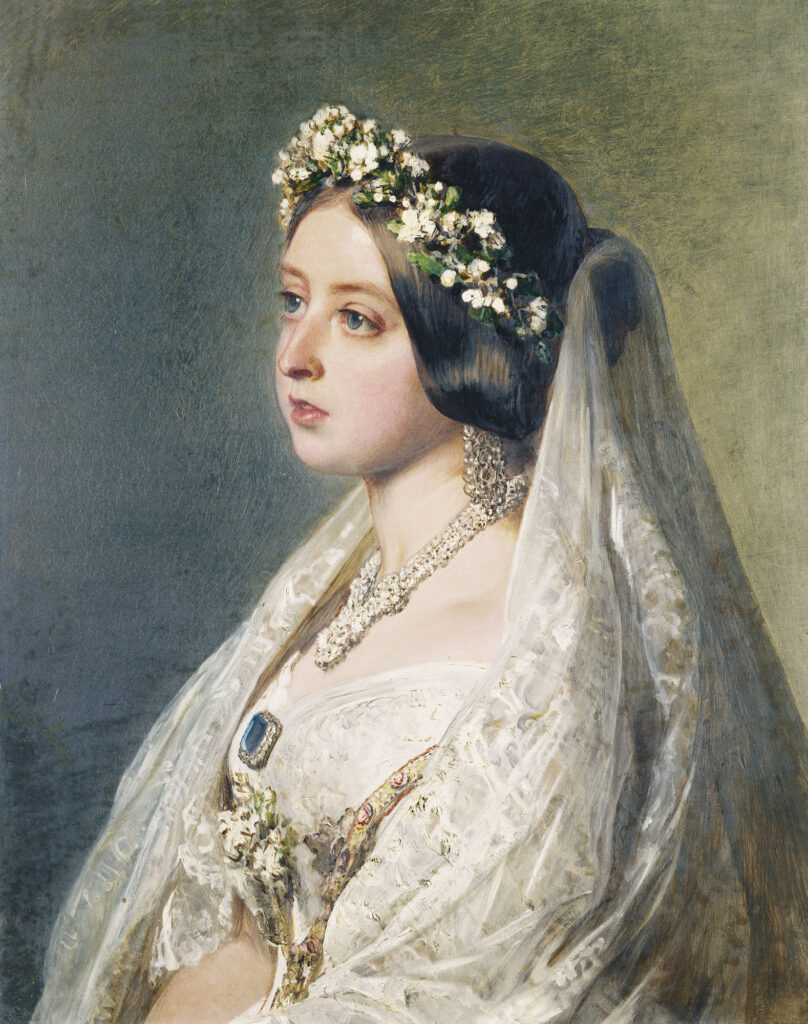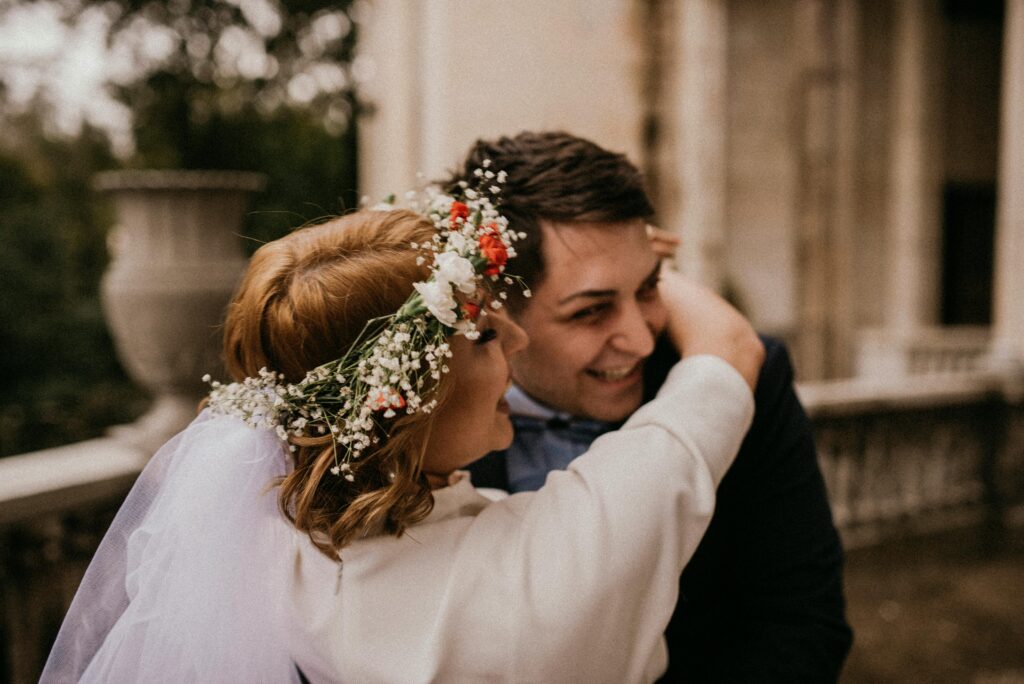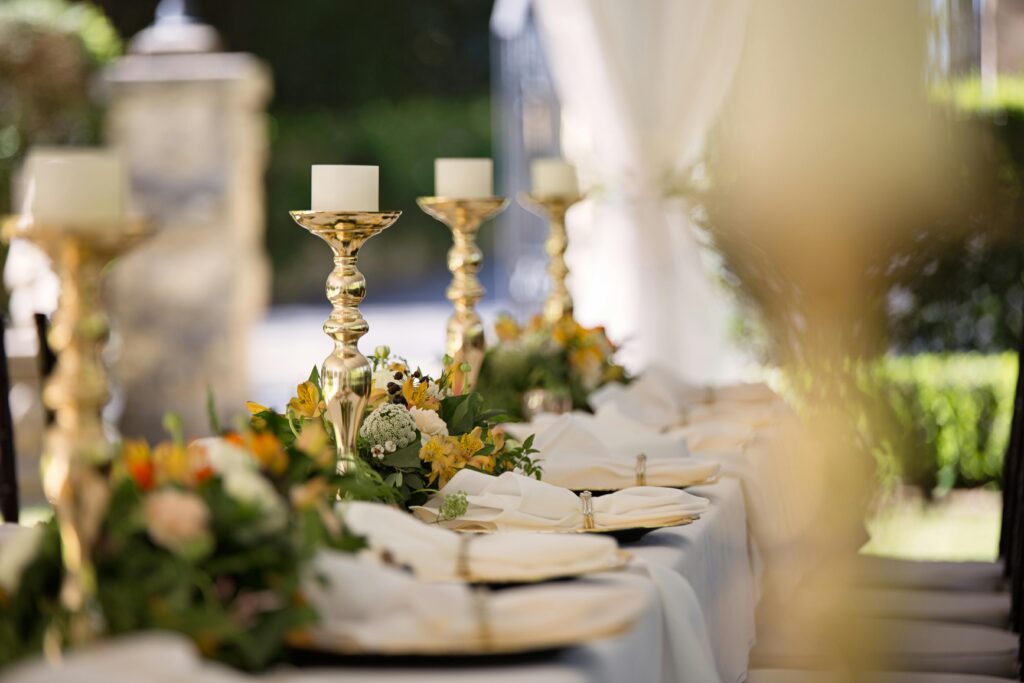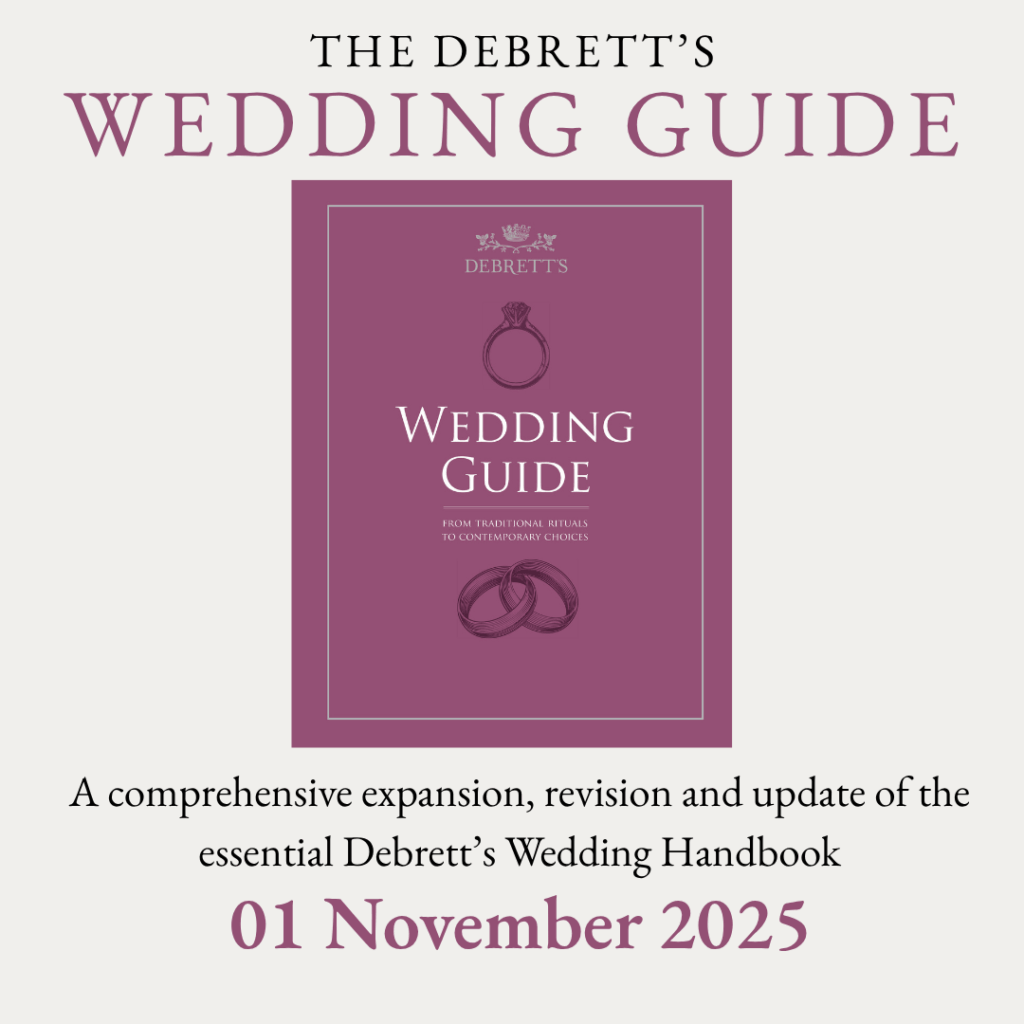Written by Liz Wyse
Weddings are changing, reflecting the ways in which society is becoming less convention-bound, and much more relaxed and culturally eclectic. For generations, we have adhered to the strict notion that – as with so many other social rituals – there is a right way and a wrong way to get married. These certainties have filtered down from the upper echelons of society, often transmitted through the medium of royal weddings. These stately ceremonies, with their feverish build-up and huge television audiences, are minutely dissected and discussed, with microscopic scrutiny of every detail – from the dress and flowers to the cake and going-away outfit. They have become cultural phenomena, which have influenced generations of couples, who seek to emulate the royal precedent and do everything ‘properly’.

Much of this tendency started with the wedding of Queen Victoria and Prince Albert in 1840. She followed tradition by seeking a relatively private wedding in St James’s Palace, but crowds were fascinated by a genuine royal romance and her white wedding dress set the standard for Victorian, and subsequent, brides – up to that point, white was not a conventional colour for weddings. From the myrtle in the wedding bouquet, to the details of the wedding breakfast and the 300-lb cake, the general public were fascinated, and the ‘Victorian’ wedding was born.
Subsequent royal weddings were cultural milestones: Princess Elizabeth provided a glamorous antidote to wartime austerity; Princess Margaret was the first member of the royal family to enjoy a televised wedding, which drew a worldwide audience; Prince Charles and Lady Diana Spencer delighted waiting crowds with another first, a kiss on the royal balcony; the marriage of Prince William and Catherine Middleton in 2011 unleashed a wave of patriotic celebration and attracted an estimated global television audience of two billion, making it one of the most watched events in history.

It is scarcely surprising therefore that the traditional British wedding, with its royal credentials and precedents, seemed to present an entrenched cultural norm. But increasingly, since the turn of the 21st century, the ritual has been adapted and transformed. It is now no longer simply a fossilised relic of a bygone era but a celebration that truly reflects an increasingly secular and multi-ethnic society, changing relationships and complex family dynamics.
It is no longer expected that a wedding will follow pre-ordained traditions: of course, that option is still open for couples who seek a more conventional approach. However, it is more and more an option for couples to pick and choose which traditions, if any, they want to retain. Legal changes have reinforced this tendency, with the advent of same-sex marriages and the introduction of opposite-sex, as well as same-sex civil partnerships, which give couples the opportunity to eschew all the trappings of marriage, yet still celebrate and consolidate their union.
The liberalisation of laws relating to approved venues has also had a huge impact on weddings, freeing couples from the restricted offering of religious buildings and civil ceremonies in registry offices and opening up a plethora of possibilities – from hotels, beaches, vineyards and gardens to theatres, stately homes, museums and even football clubs.

Many of the couples who come to Debrett’s for advice and inspiration are seeking information and reassurance about very contemporary conundrums and we aim to offer solutions to these common social dilemmas. How much say should parents have over the guest list and what happens if the couple are paying for themselves? Is it acceptable not to invite children? What is the best approach to the vexed question of plus-ones? How can divorced parents or first wives or husbands be accommodated? With well-informed preparation and forethought, the comfort of guests, good relations between family friends, and the happiness and peace of mind of the marrying couple can remain priorities on the big day.
The advent of the digital age has also had a major impact on weddings, and we examine the ways in which the online world can facilitate the wedding planning process. From bridal blogs, wedding hashtags and Pinterest boards to wedding websites, photo-upload sites and guest list apps, weddings have been transformed by digital technology. We explore the ways in which these benefits can be maximised, but we also discuss the perils of over-posting, social media overkill and poor mobile phone etiquette on the big day – nobody wants their wedding ceremony to be eclipsed by a horde of compulsive, phone-wielding photographers or side-lined by distracted phone-users who are intent on posting about their experience.
When it comes to weddings, there is a world of choice, and it can all seem overwhelming. Our aim in the latest updated and revised version of the Wedding Guide, first published in 2007, is to assist marrying couples plan their big day, while reflecting the many options that are now available.
We set out, as clearly as possible, the long-established rites and customs that characterise a traditional British wedding – a church service, followed by a sit-down reception. At each stage, we look at all the possible permutations and deviations from this customary ritual and explain how certain traditions – from dress codes and wedding vows to venues and seating plans – can be discarded or adapted. The conventional roles of best man, chief bridesmaid, bridesmaids and ushers are now all interchangeable and can apply to either gender. There is no longer a ‘correct’ approach. Indeed, many of the most memorable and successful celebrations will deviate from the traditional formula discussed in the pages of the Guide in imaginative and thoughtful ways.
Whatever the style of wedding that is being contemplated, Debrett’s Wedding Guide will prompt consideration of the finer details of the day. Above all, the priority is to always ensure tht the choices made on the wedding day – from dress, flowers, music and readings to the venue, menu and after-party – are all personal and meaningful to the couple who are taking centre stage.
For many people, their wedding is the biggest event that they will plan in their lifetime, and it can feel like a daunting prospect. We aim to provide inspiration, reassurance, and pragmatic guidance on this most significant of days.
